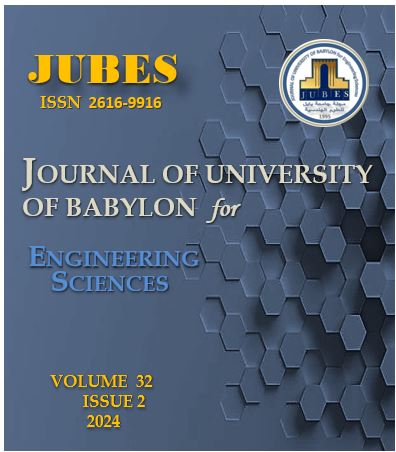Analysis of the Daylighting as a Sustainable and Architectural Elements for Al-Kadhima in Shrine in Baghdad, Iraq
Main Article Content
Abstract
The architecture of the holy shrines of the two Imams in the Iraqi capital, Baghdad, is considered as a heritage and an important building that includes astronomical phenomena, the most important of which is the continuity of daylight. The research problem of the present study revolves around the daily and sustainable lighting in the room of the two shrines, according to the observation, which leads to the determining of the extent of that daylight in the room of the shrine. The study investigated in its route the sunlight and its direction fluctuation during the days of the year to create a sustainable lighting environment. The present study aims at detecting this phenomenon and proving it in a practical way. The present study adopts an experimental and analytical method, represented in collecting geometrical and architectural data and then establishing a theoretical basis for analyzing the related framework. The practical part of the study provides a comprehensive survey of the six windows located at the base of the two domes, showing the extent of the penetration of sunlight into the room of the holy shrine and illuminating it properly. The study found that the daylight direction along the years was fitted with the openings along the shrine to cover all the zones from the Summer Solstice to the Winter Solstice.
Downloads
Article Details

This work is licensed under a Creative Commons Attribution 4.0 International License.
